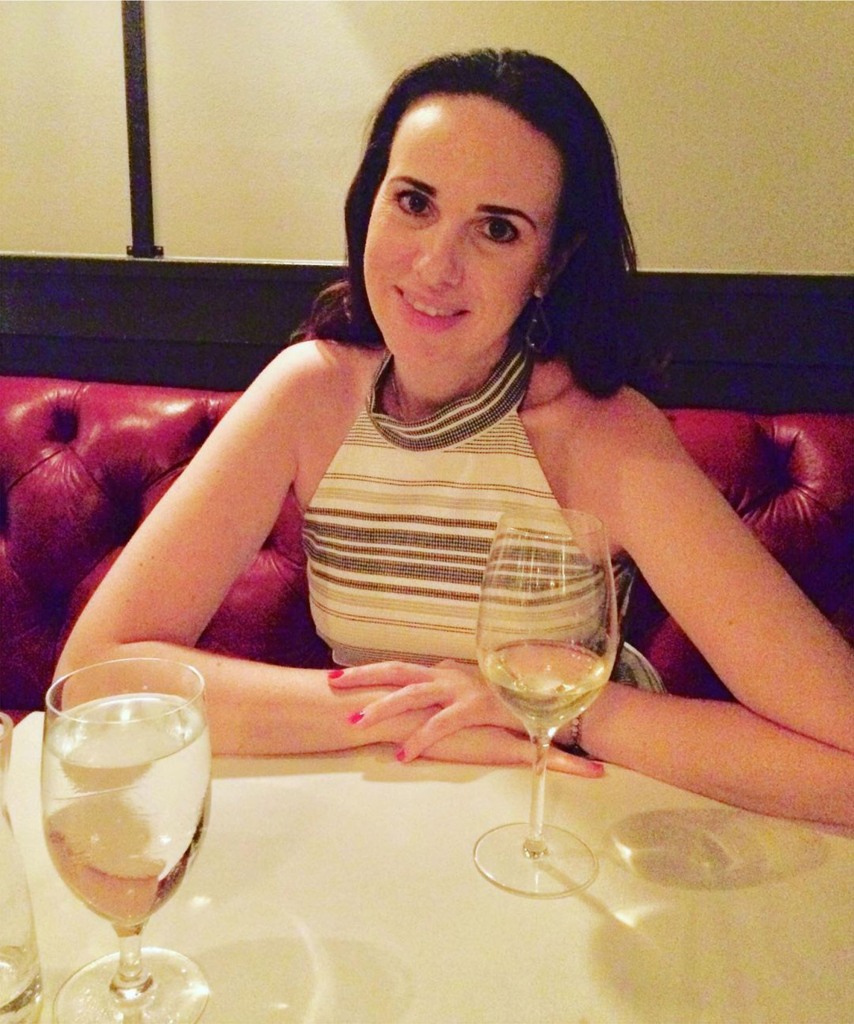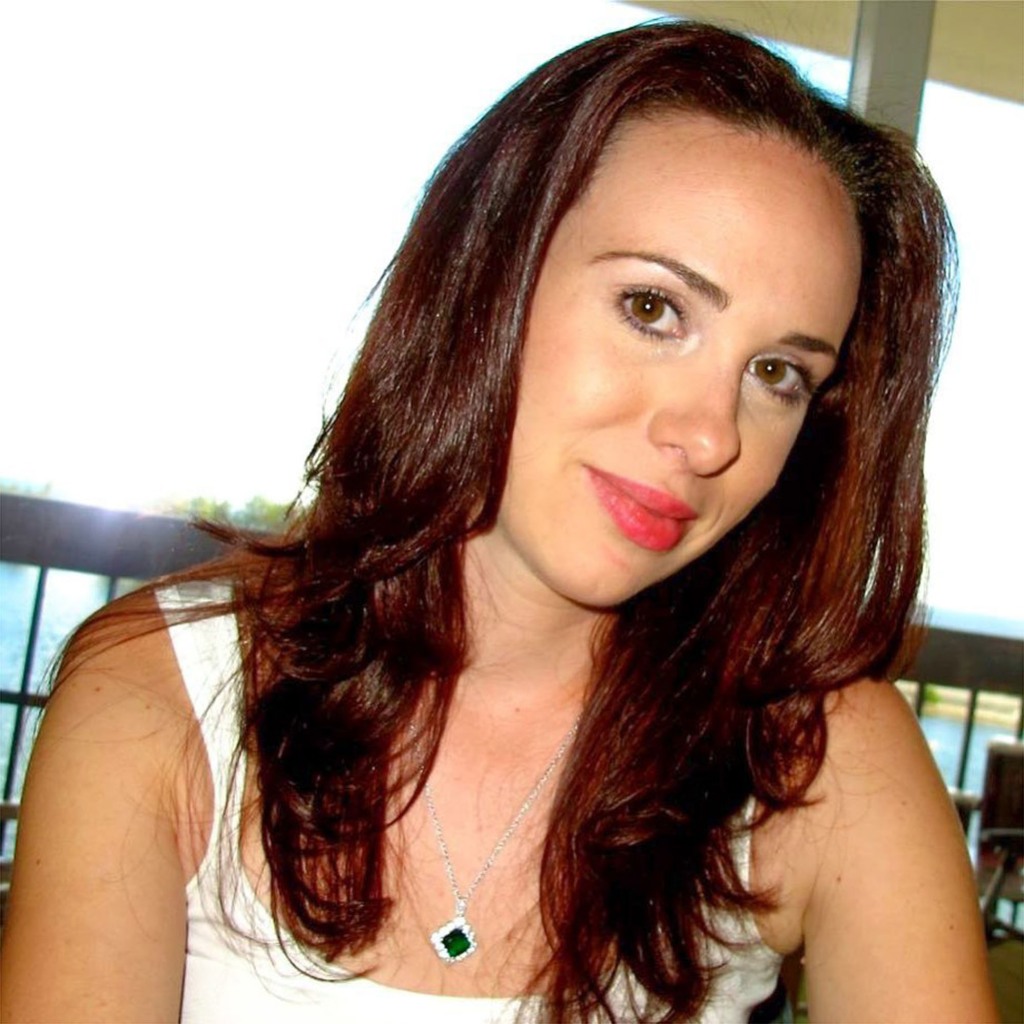Woman has disorder that makes her feel like she’s floating
A woman with the rare condition dubbed “Alice in Wonderland” syndrome has revealed she’s living anything but a fairy tale.
Etta Shaheen, 41, was left bedridden for two years as the debilitating condition — which feels like she’s “floating” outside of her body — left her unable to even shower.
The Las Vegas resident noticed something was wrong toward the end of 2019 — recalling feeling off balance and like her head was “filled with cotton wool.” However, when she visited doctors they told her it was nothing more than common anxiety.
“I had MRIs and CT scans and everything came back normal — but something was very off and I was terrified,” said Shaheen, a chronic illness and healing advocate now known as “The Dizzy Diva” to her followers on Instagram.
When she was rushed to a hospital at the start of 2020 after collapsing while doing the laundry — leaving her “violently” vomiting and unable to stand — she knew something was seriously wrong.
“My heart was pounding, I was sweating, I was extremely cold and I thought I had a stroke or heart attack,” she told Jam Press and NeedToKnow.online. “I realized I was completely unable to walk and barely able to talk.”
Desperate to find out what was wrong with her, her partner Michael sought out an ear, nose and throat doctor who diagnosed her with chronic vestibular migraines — which causes Persistent Postural-Perceptual Dizziness and the little-known “Alice in Wonderland” syndrome.
At the hospital, she had a battery of tests including blood work, a brain scan and eye checks — but they all came back as normal.
PPPD refers to being dizzy for a long period of time constantly, while “Alice in Wonderland” syndrome is when a condition causes temporary episodes of distorted perception and disorientation.
According to Healthline, people with the syndrome may feel larger or smaller than they actually are and also find that the room they’re in — or the surrounding furniture — seems to shift and feel further away or closer than it really is, much like the classic Lewis Carroll literary character, Alice. (BTW: She first hit book pages in 1865.)


However, the diagnosis was just the beginning, with Shaheen unable to do simple tasks like walk the dogs, cook, clean, work, shower by herself and leaving her bedridden for months.
“For the first two years, my symptoms were 24/7,” she said.
“It was the hardest point in my life, it was so debilitating I can’t even put it into words. I was unable to do anything — I couldn’t even walk down stairs.”

Shaheen said after awhile she’s learned how to deal with her condition, which included a complete lifestyle change, adding her partner was “incredible” in helping to care for her.
“First and foremost I had to figure out my triggers, what was causing me to feel worse,” she said. “So I changed my diet, tried to cut as much stress as possible, cut out toxic people in my life and made sure I moved my body daily.”
Shaheen said a year after she was diagnosed, she learned about neuroplasticity, which is rewiring your brain to create new neural pathways.
“This helps you learn to take your mind away from your symptoms and helps create new pathways in the brain so your body can heal,” she said.
This involves taking time to refocus and actively not think about her symptoms, guided visualization, being mindful of positive emotions, sitting with negative emotions and redirecting them, meditation and brain games.

“Most importantly not putting a name or emotion to my symptoms. I had to relearn how I thought about my disease and how I approached it to be able to heal. It took a tremendous amount of work,” Shaheen said. “Sometimes doing these exercises several hours a day. I had to think of myself as a healing person, not a sick person.”
Although her symptoms have improved dramatically, there’s still a chance of relapse, but she said she’s learned how to manage her symptoms.
“When I have stressful events, my symptoms will spike and I will need to slow down. I remind myself when they do spike that it is temporary and I will be back to my baseline soon,” she said.
“I would say I am at 90% to 95% most days and during relapse I am at 80% to 85% and it only lasts a few days at the most.”
Shaheen is campaigning to raise awareness about the condition and to help find a cure.
“My biggest hope for the future of course is to find a cure. Now that I have hit rock bottom with my health and recovered to where I am now, I have so much hope.”
Read the full article Here


